by Marney Richards, Education and Outreach Coordinator
Manatee Springs State Park is probably best known for its namesake marine mammals that frequent the springs in cooler months. This spring marked my first visit to the park, though the manatees had already moved on. Still, the park offered diverse sights and sounds–including a wonderful surprise at nightfall in my campsite.
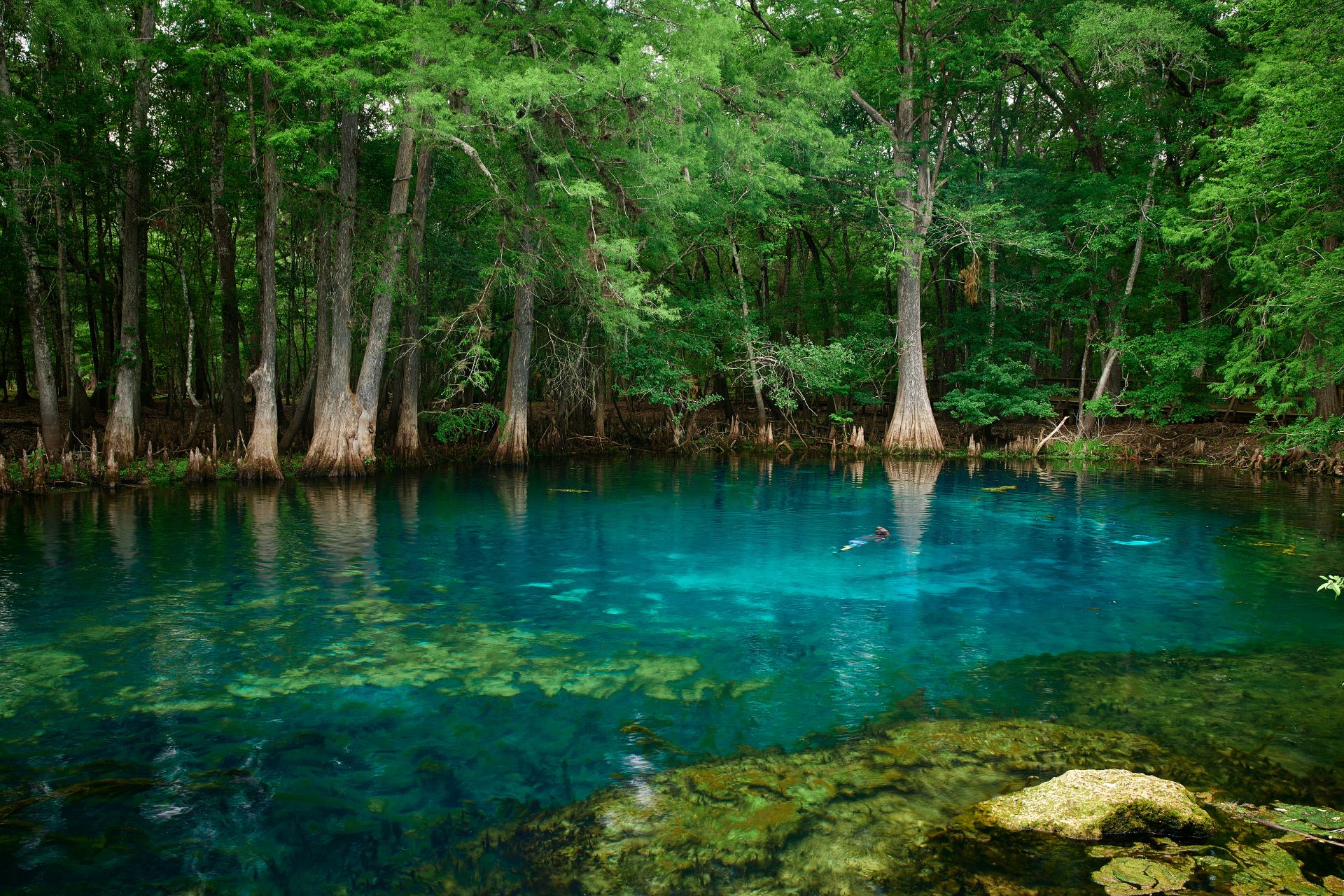
Photo by Suwannee River Water Management District
The North End Trail System offers 8.5 miles of trails and a connection to the 32-mile Nature Coast State Trail. I took a self-guided nature walk, meandering about 3 miles through various plant communities, with signs describing plants and points of interest along the way. With a slight rise in elevation, cypress swamps gave way to a drier upland habitat with loblolly and long-leaf pines, saw palmetto, cabbage palms, Southern magnolias, wax myrtle and wildflowers. I watched swallowtail kites and red-tailed hawks soar overhead and heard pileated woodpeckers calling. Walking in our state parks I’m always reminded how essential these natural areas are for birds and other native wildlife.
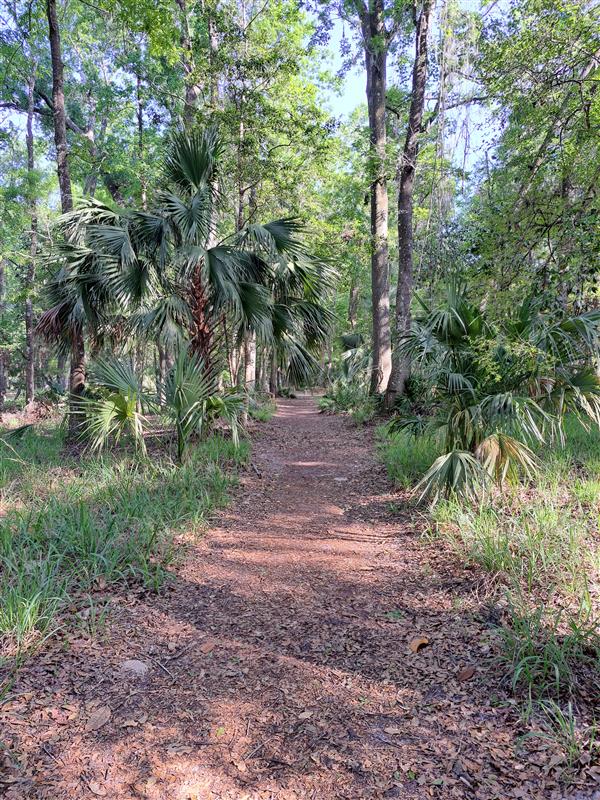
Photo by Marney Richards
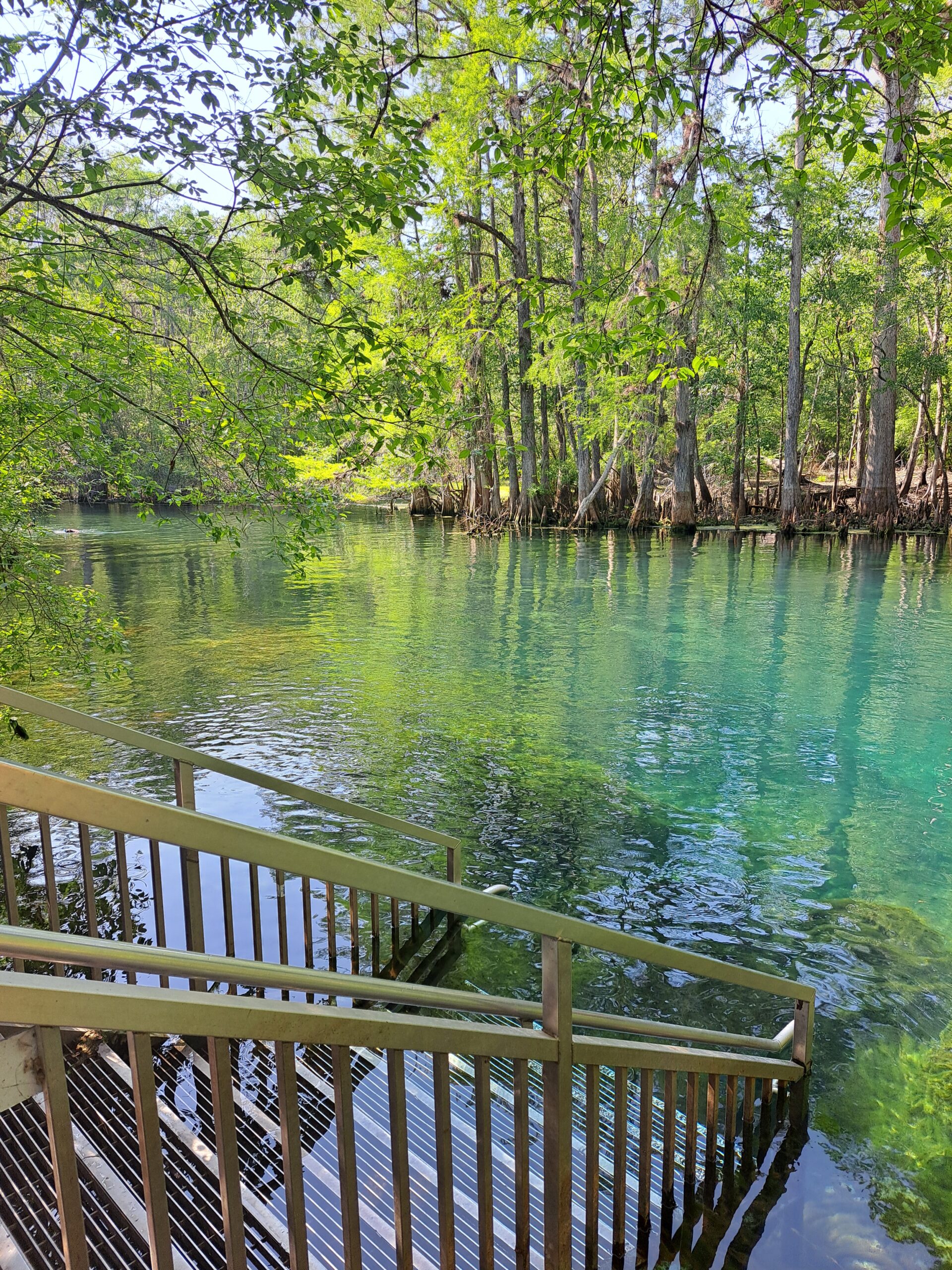
Photo by Marney Richards
Manatee Springs is a gorgeous first–magnitude spring releasing 100 million gallons of water daily. The park website notes, “People have enjoyed the cool waters of Manatee Springs for more than 10,000 years…” and the first glimpse of the spring showed me why people have been drawn to this place.
The spring waters flow a short distance to the Suwannee River. A long board walk winds along the spring run through a cypress forest to the river. Walking here at sunset I heard a pair of limpkins calling and eventually spotted them. Their distinctive call with clicks and loud, shrill squawks sounds like track from a jungle film.
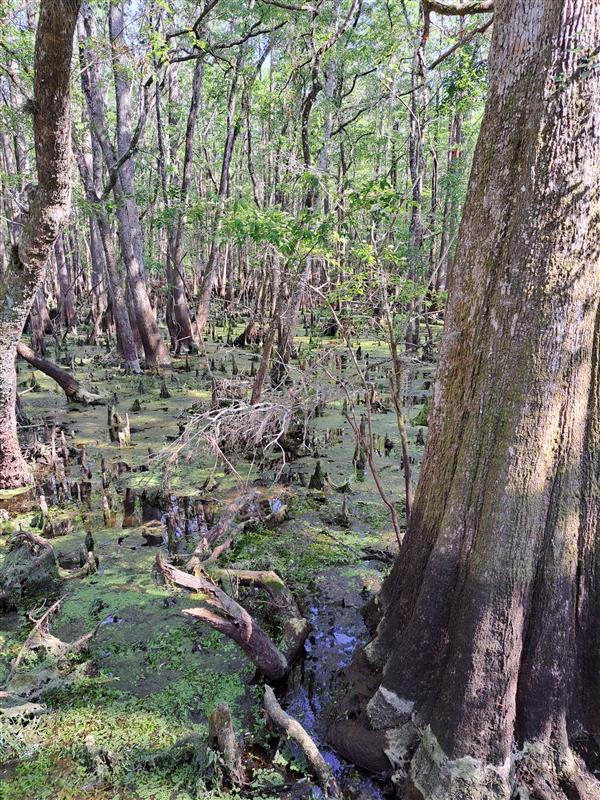
Photo by Marney Richards
The campgrounds are shaded by tall trees and surrounded by dense vegetation that encloses the large campsites. I chose the loop with only tent sites and found it pretty quiet during my midweek stay. Returning to my campsite at twilight, I hardly noticed the tiny, blinking lights at first. At nightfall the lights seemed to multiply and there was no mistaking the flashing of hundreds of fireflies. What a treat!
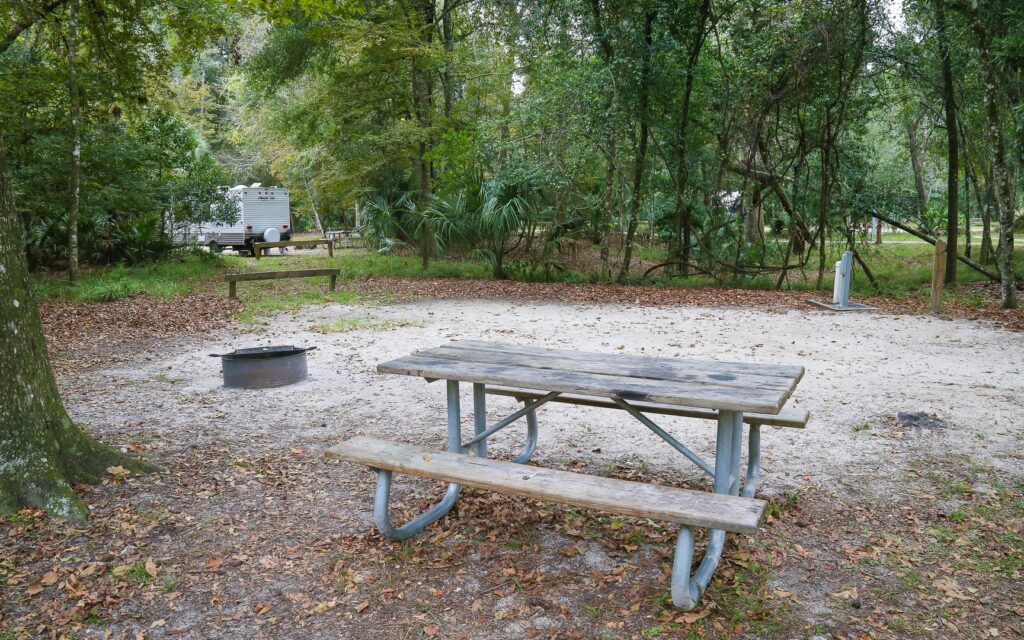
There are more than 50 species of fireflies in Florida, and our state parks provide some of the best habitats for these creatures—like forests, wetlands, and grasslands. Many parks are darker at night than surrounding areas which increases the opportunity to see these insects. It comes as no surprise that our parks provide essential habitat for one of so many wildlife species.
The park manager describes Manatee Springs as, “… a magical place that will feed your spirit and bring you some needed down time away from the stresses of life.” I agree! I plan to come back to visit this park in other seasons to enjoy all it has to offer.
How to Visit Manatee Springs State Park
Manatee Springs State Park is located in Chiefland, Florida, and is open daily from 8 a.m. until sunset. Entry is $6 per vehicle (up to 8 people). The park offers a variety of activities, including hiking, biking, paddling, wildlife viewing, and camping.
Address: 11650 NW 115th Street, Chiefland, FL 32626
Hours: Open daily from 8 a.m. to sunset
To learn more or plan your trip, visit: https://www.floridastateparks.org/parks-and-trails/manatee-springs-state-park


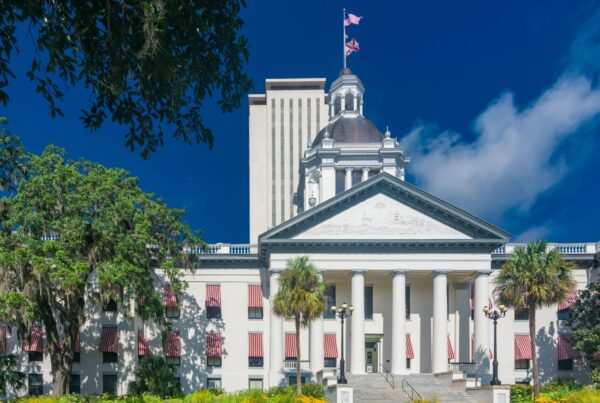
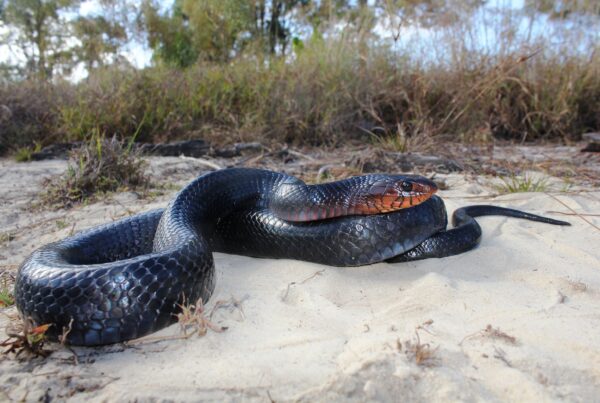
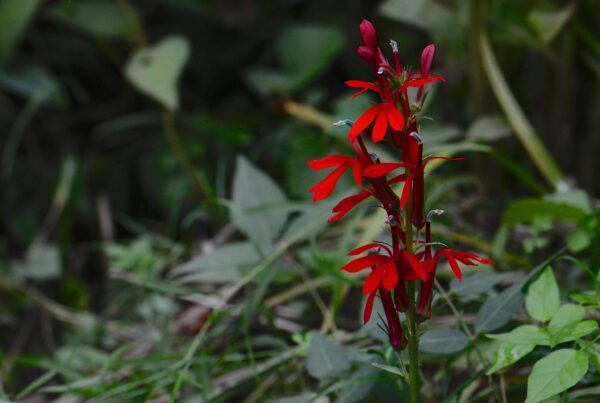

Wonderful pictures and inspiring information.